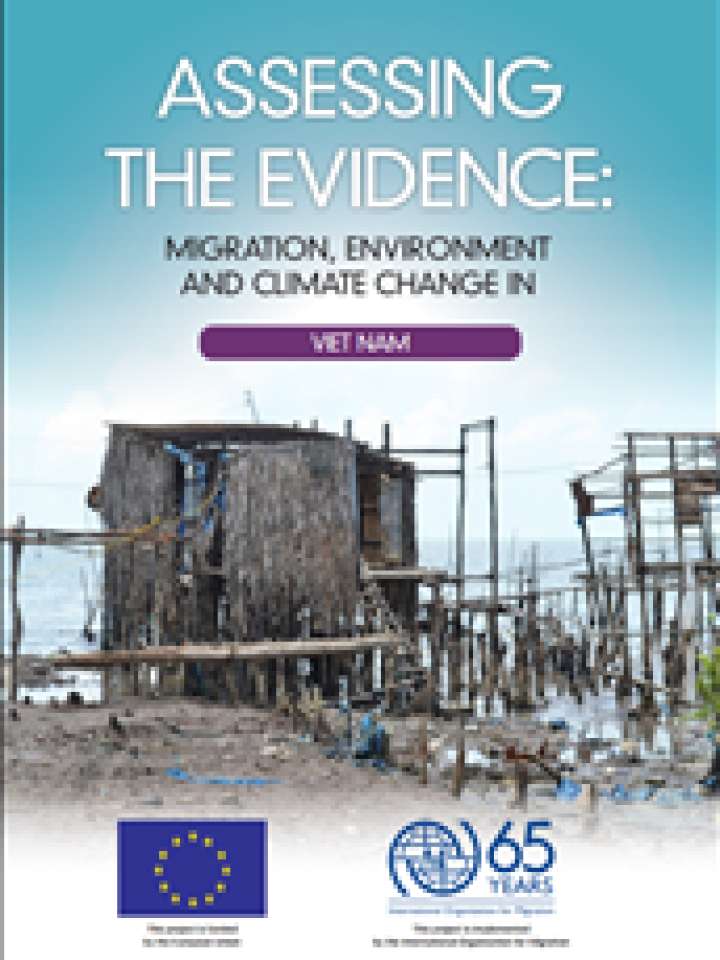Assessing the evidence: migration, environment and climate change in Viet Nam
This assessment aims to provide an overview of the linkages between migration patterns and environmental change in Viet Nam. It critically analyses national policies that address these links and proposes some related research and policy implications.
Viet Nam is particularly exposed to floods and typhoons as well as droughts and sea-level rise, which have major impacts on the country’s environment and the livelihoods of its 90.73 million people. Adverse environmental conditions clearly influence migration patterns in the country: since the 1990s, the relocation programmes implemented by the Government for communities affected by environmental degradation and the number of people internally displaced by natural hazards in recent years (more than 2 million between 2008 and 2015) are clear signs of the migration–environment nexus.
The report concludes that more detailed research should be conducted in order to fully understand the migration–environment nexus and exhaustively address the needs of relocated and displaced people in the country. The establishment of a ministry of migration could play an important role in ensuring that people migrate in the best conditions.
Explore further
